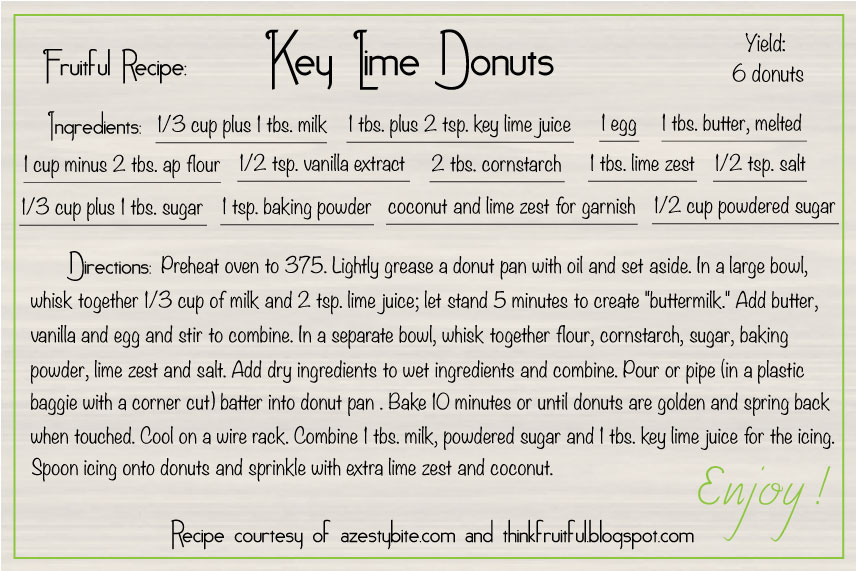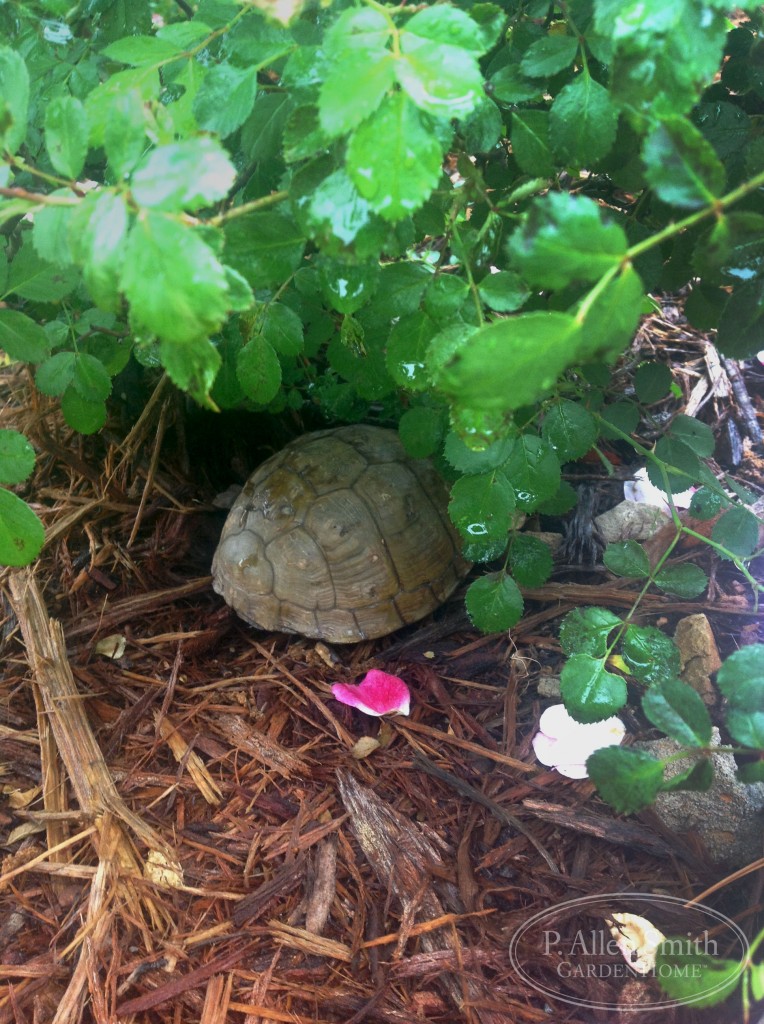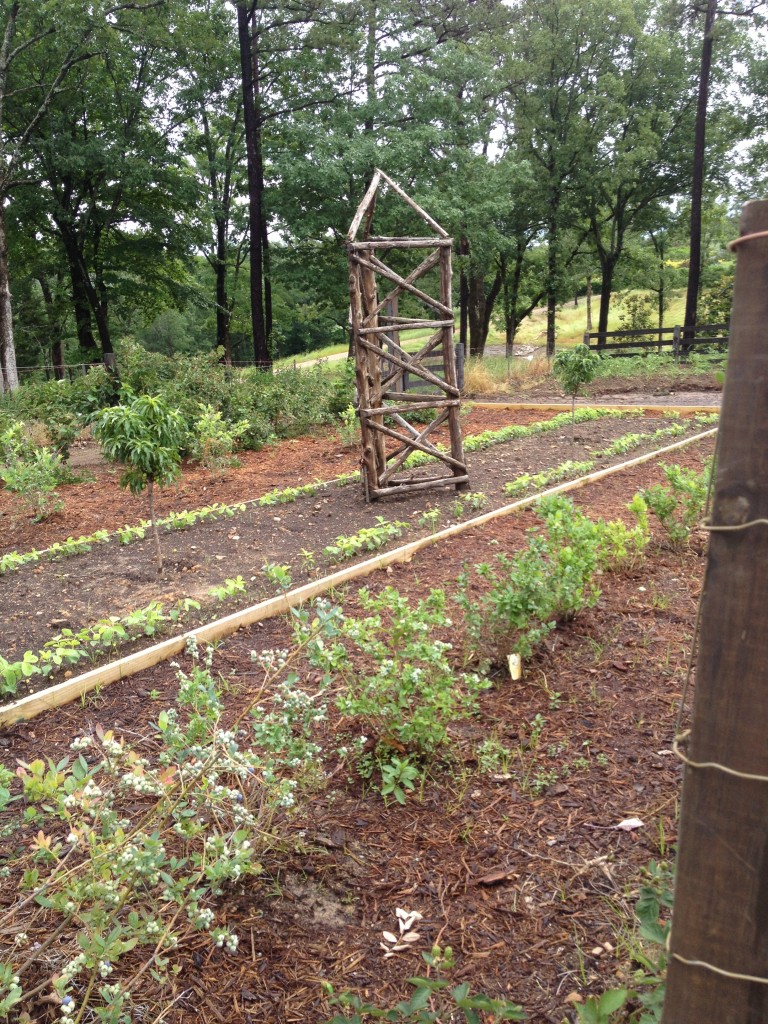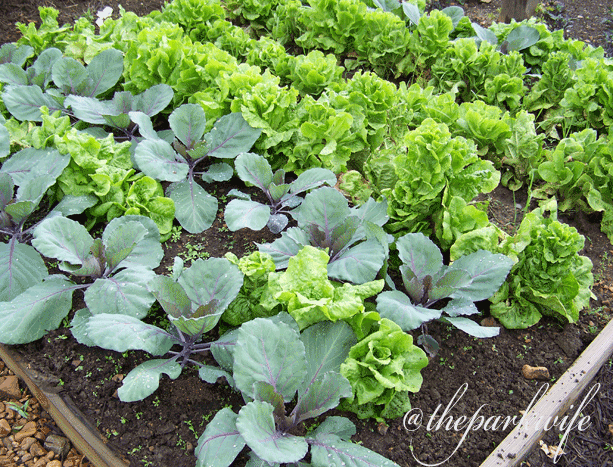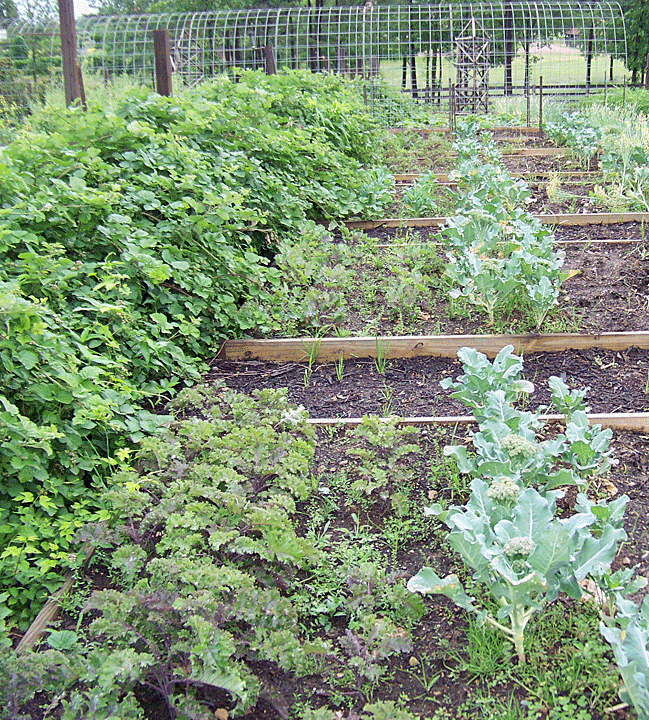Author: The Park Wife
The Park Wife is a tribe builder. She is the founder of Arkansas Women Bloggers
(ARWB), an online community designed to gather,grow, and connect bloggers in our state. Stephanie recently launched her company The Women Bloggers
and expanded her state-focused blog communities into Oklahoma, Kansas, Mississippi, Alabama, and Texas. Through ARWB, she holds the popular, smaller niche blog conference Arkansas Women Bloggers Unplugged, submerging
bloggers in an environment that fosters relationships, communication and some
pretty fierce dedication and camaraderie. Considered an old-timer in the blog
world, since 2005 she has written what she hopes is a love letter to her children
on her lifestyle blog, The Park Wife. Raised in the debutante world of Mississippi,
she married her hunky park ranger and moved to Arkansas 15 years ago and has
fallen in love with the state. She loves gardening, porch swings, a beautifully
set table, a delicious meal surrounded by great conversations, their cabin in the
woods and monograming everything that is not nailed down. She is a devoted
wife and fun-loving, homeschool mom to two extraordinarily cool little gentlemen
and is fortunate enough to live on one of Arkansas’s premier state parks.
Making Brunch Fun ~ Key Lime Donuts {Foodie Friday}
by Grace Flack of thinkfruitful.blogspot.com

We all love brunch, right?!
Creamy, eggy dishes served with cheesy grits and an excuse to eat pancakes smothered in syrup after noon. These are just a few of the reasons that I love brunch.
But, brunch can also get boring when you get in a rut of fixing the same dishes with the same flavors.

These Key Lime Donuts are sure to surprise your brunch guests with a zip of flavor and sweet, soft cake-like donuts. When I say key lime, I mean it. Every part of these baked donuts is livened up with the wonderful tang of summer key lime. The dough and icing are filled with a combination of lime juice and zest. And you get to make your own buttermilk by combining milk with lime juice. How cool is that?
If you don’t have a donut pan, I highly suggest buying one. They usually run around $10 and allow you to make healthier, flavorful homemade donuts easily.
If you want to put something new on your brunch table and share my love for the tang of key lime, whip up a batch of these Key Lime Donuts.

*Click on recipe to enlarge and save.

Grace Flack is a proofreader, writer and social media guru by career and a foodie and food blogger by love. She resides in Fayetteville, Ark., with her wonderful husband, Jason, and always has a mystery novel by her bedside.
Moss Mountain Farm ~Gardens~ {Wordless Wednesday}
New FTC Guidelines
Hey gals, do you do sponsored posts? Giveaways? Free product reviews?
If so, you need to be aware of the FTC released staff guidance document from March 12, 2013. This document provides information regarding disclosures in online advertising, yes, this includes Facebook and Twitter, not just your blog.
You MUST let your readers know in a “clear and conspicuous” manner, that means no small print or hiding it away on an obscure page on your website. You have to let your readers easily notice the disclosure, and you want them to understand it.
For receipt of products for review:
- Place your disclosures early in your post, above the fold if possible, and before any outbound links, especially if the links are to a page associated with the products.
- Repeat your disclosure at the end if the post is long or if you continually repeat an endorsement.
For social media:
- Put social media disclosures up front. For example, a paid tweet should start with “Ad” or “paid tweet.”
- Do not rely on hashtags or bit.ly or comp.ly links to disclose.
Cover yourselves ladies!
For more info, go read this from BlogHer.
Sunday Link-Up {June 2, 2013}
Bean there, done that! Spinach Edamame Frittatta {Foodie Friday}
Eighteen Arkansas Women Bloggers (and one lucky P.Allen Smith fan and her guest} visited Smith at his Moss Mountain Garden Home this last Tuesday for the second annual Bean2Blog event. We spent the day touring the farm and its beautiful gardens before getting down to the business of beans. Soybeans that is.
The event was sponsored by the Arkansas Soybean Promotion Board (http://www.themiraclebean.
Soybean oil is used in the production of candles, lotions for personal care, cleaning products, and even in the manufacturing of clothing such as socks made from Soysilk. Probably the most well known use of soybeans is for eating. Tofu, edamame, soy sauce, and soy milk are just some of the food products of soybeans. Edamame is my second favorite {tofu being the first because I’m soy-timental about it-my fiance introduced me to it and I fell in love with him and with tofu!}.
After Bean2Blog, I was inspired to use up some frozen shelled edamame that I had stocked up in anticipation of the event. Thom and I spent the evening chopping vegetables and shredding cheese and whipped up a tasty edamame and spinach frittata. I hope you’ll enjoy!

Spinach Edamame Frittatta
6 eggs
1/2 cup milk
1/4 cup grated parmesan
1/4 tsp red pepper flakes
S & P to taste
2-3 tbsp olive oil
3 cloves garlic, minced
1 red bell pepper, medium diced
2 jalapenos, finely diced
1 lbs fresh spinach, rinsed, torn, and stems removed
10 oz shelled edamame, cooked according to package directions
1 tomato, sliced
1/2 shredded pepper jack cheese
Cook edamame according to package directions, drain and set aside.
Preheat oven to 400 degrees. You’ll need a 10-inch oven proof skillet. Cast iron is perfect for this dish.
Crack eggs into a glass bowl. Whisk until lightly beaten. Add milk, parmesan cheese and red pepper flakes. Season with salt and pepper.
On the stove top, add olive oil to skillet over medium heat. When hot, add garlic and saute for about two minutes or until is just about to turn brown. Be careful to not burn. Throw in the diced pepper and jalapenos. Cook over medium heat until just tender. Add cooked edamame and the spinach. Cook down to wilt the spinach.
Pour egg mixture into the skillet, stirring to incorporate vegetables. Cook on the stove top, swirling the eggs and using a spatula to pull back the cooked egg and allow the wet egg to flow to the sides of the pan. Repeat motion as needed until the egg is set around the edges.
Place the partially-set eggs into the preheated oven to finish, 10 to 12 minutes. When almost firm, add sliced tomato on top. Season with salt and pepper to taste. Top with shredded pepperjack cheese and place back into the oven to melt the cheese. Alternatively. you may place the skillet under a broiler.
Remove from oven when the egg is set and the cheese is melted. Slice into wedges and serve with a side salad or garlic toast.
Need even more soy recipes? Visit P. Allen Smith’s A Taste of Soy eBook (www.atasteofsoy.
Wordless Wednesday #Bean2Blog Style ~ The Bloggers


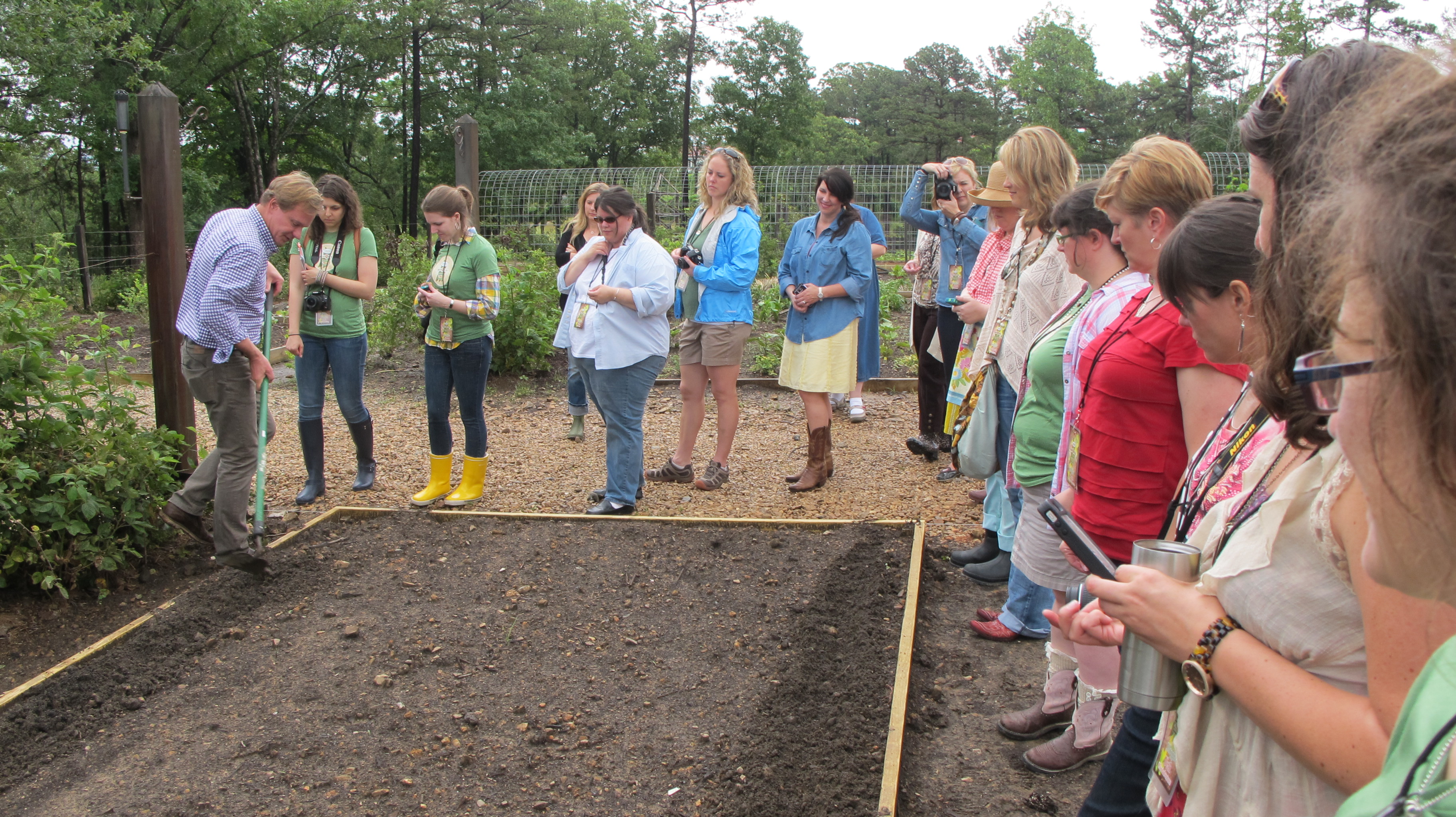
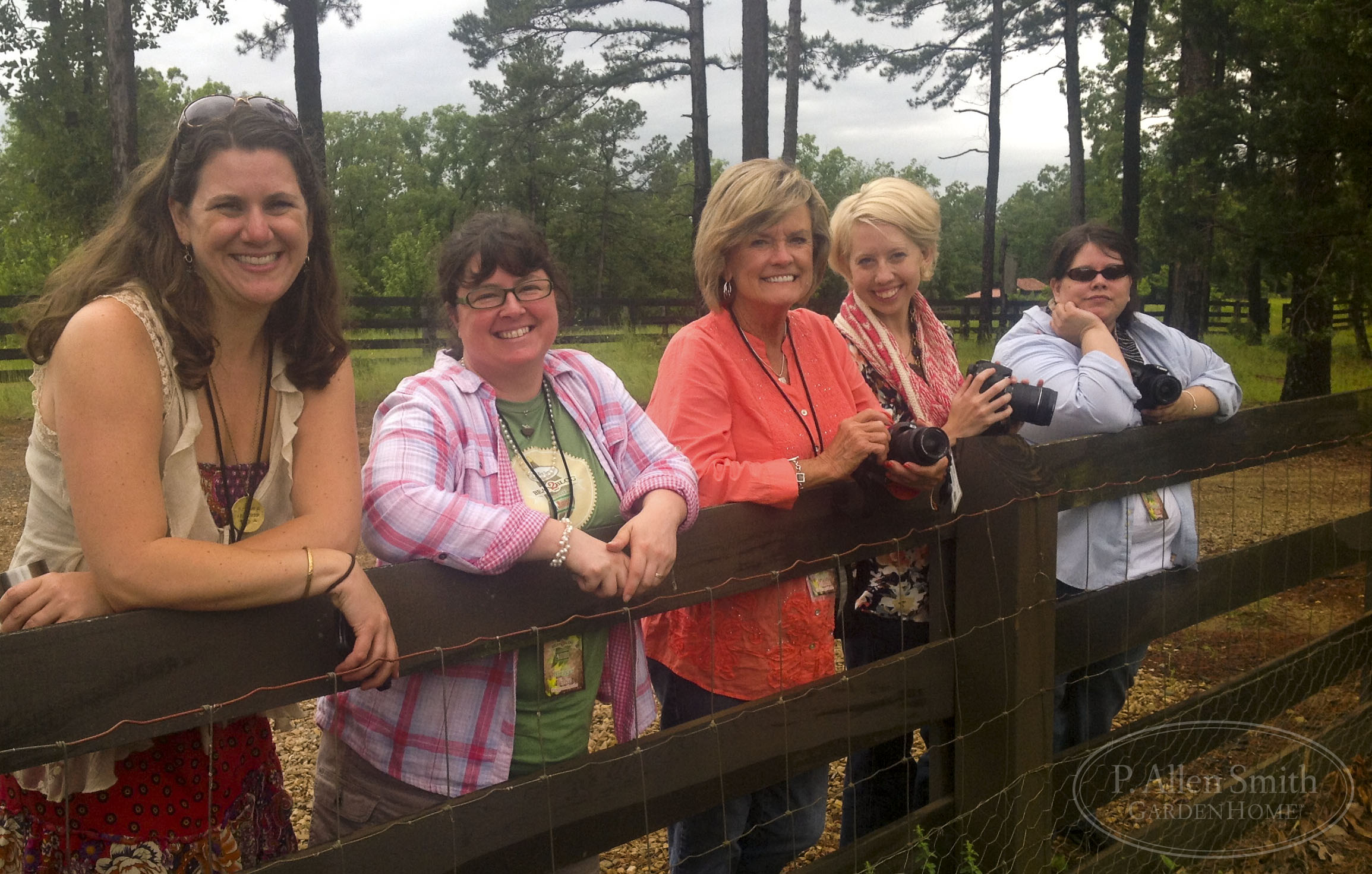

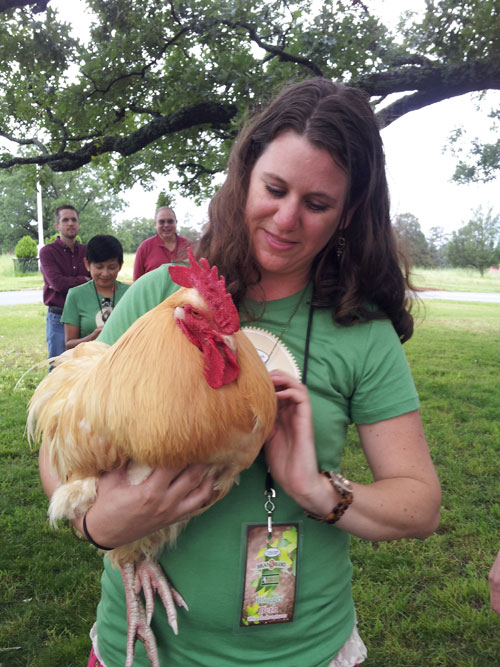

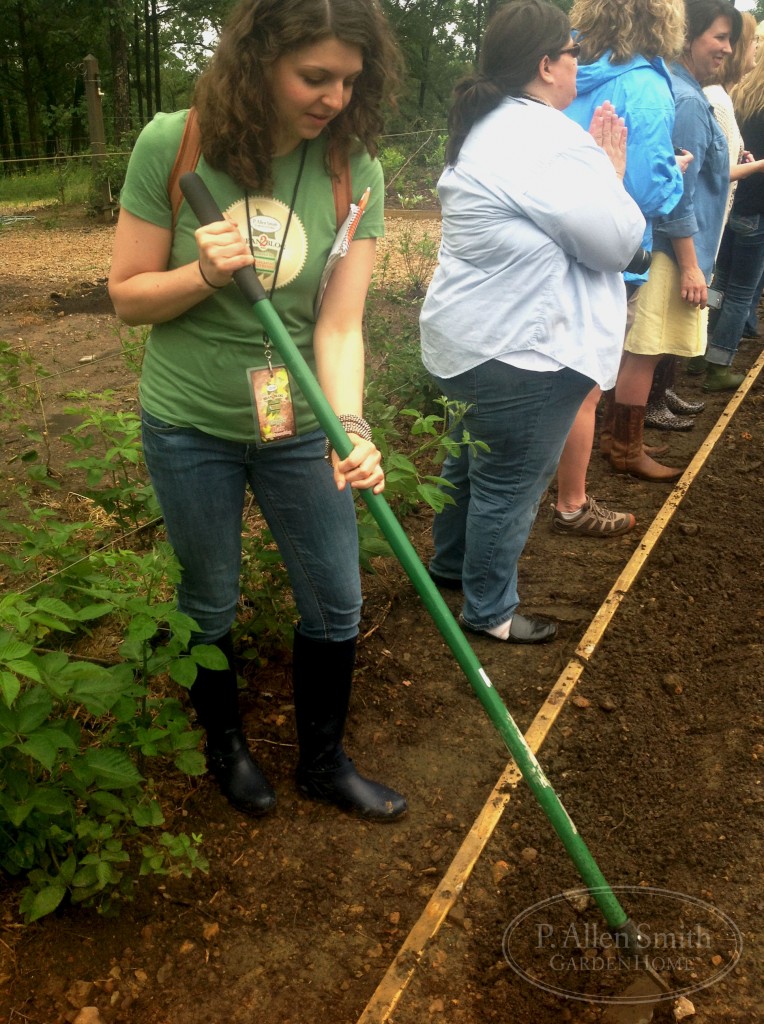
To read recaps from the gals, go here.
#Bean2Blog 2013 and Arkansas Women Bloggers

P. Allen Smith, MiMi San Pedro, Arkansas Soybean Promotion Board and The Communication Group GET IT!
According to P. Allen (as I like to call him, he is a new bff), “Social media has caused a huge paradigm shift in how business is conducted on our planet. The social web has created a new era of instantaneous business where bloggers are today’s up-to-the-minute voice. Businesses want to tap these bloggers to spread positive word-of-mouth about their products.” Smith continued “Bloggers are very influential because they become product evangelists or influencers giving marketers instantaneous feedback on exclusive previews, product testing, marketing plans, customer services audits, etc. The blogger’s opinions become actionable items that businesses can employ immediately thus better serving consumers. In this scenario, everybody wins.”
AHHHH…MAZING!
I, along with 19 other fabulous women bloggers, most members of the Arkansas Women Bloggers community spent a full day at Moss Mountain Farm. There were tours of the Garden Home (beautiful) and surrounding gardens. There might have been a blogger holding a chicken, you will have to read the posts to find out.
Farmer West Higginbotham shared his experiences as a soybean farmer and how it impacts his town and his family. Allen taught us how to grow and cook with soybeans products. Fun was had by all.
The gals have promised to link up their post here, so keep coming back and reading about our wonderful day at the farm.
Bean2Blog attendees, please link up your posts from our wonderful day at Moss Mountain Farm below.
Sunday Link Up {May 26, 2013}
Link your favorite post from the past week.
Be sure to visit the bloggers who posted before you and share the bloggy love.
Why Eat Local? {Foodie Friday}
by Katie of Farm Girl Food
I don’t hear this question at market as often as I once did (thanks Michael Pollan, et al), but it often comes up when discussing food and farming in other arenas. As I wrapped up a delivery to Hillcrest Artisan Meats just the other day someone stopped me with a whole slew of questions that often come bunched together; “Why local anyway? I can’t afford it all the time and I mean, I like eating broccoli and tomatoes and bacon whenever I want, is that so bad?” I suspect many people grapple with this topic in the age of the locavore. Since the fine ladies here at Arkansas Women Bloggers have loaned me a soapbox for the day, I thought it would be fun to unpack some of the “local” dogma and explain why eating local is important to me as a mother, a consumer of food, and a small farmer here in Arkansas.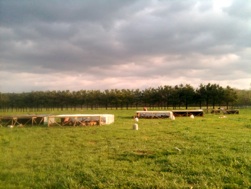
Let’s be real, no one, not even the staunchest locavore only eats local all the time. We’re real people who go out to dinner, need something quick midweek, and want to feed our kids something healthy they’ll actually eat, even if that means broccoli or green beans every night all year long. Besides, what would I do without coffee? The point is this isn’t an all or nothing situation. We can have our exotic fruits, our Midwestern grains, and our local okra too. But when we choose local, even for just a few items, a lot more than a bundle of green beans is involved.
Consumer Freedom & Farmer Responsibility
We’ve all heard the countless, unending stories of dangerous bacteria making people sick (and worse), of pink slime, of terribly inhumane treatment of farm workers and animals alike. The halo of shock and revulsion around these stories is useful, since change must start with an awareness of the problem, but as soon as the next political scandal comes to light, we move on before the real message sinks in- these are actually stories of people being hurt by little or no corporate responsibility and abdicated choice on the part of the consumer. In plain speak, our giant food producing companies are no longer responsible to the consumer for the quality and integrity of their products, instead giving us exactly what we have chosen as consumers- cheap food at any cost. When something goes wrong with this system, it can take weeks or months to track down what happened, by which time hundreds or thousands of people have been injured. Then its up to some agency somewhere to dole out a punishment and reassure the public. Should we discover that we ate some of that same spinach or peanut butter, we have no recourse but to wait and see and maybe get a coupon for a replacement product, how do we know we won’t get the short straw next time? In this system, we’ve given up our power as consumers, and to me that’s not worth the gamble, no matter what the price of the cantaloupe was.
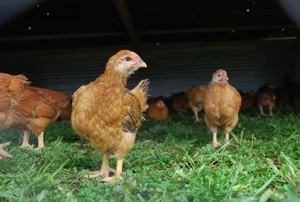
By contrast, when you shop with a local farmer (and here I’m talking about the ones that actually grow the items they sell), they are responsible to you from the very outset. They have just a handful of customers and every single one of them is vital to the successful livelihood of that grower. I’ve worked my own tail off to bring these things to delight and nourish you, I feed them to my own small children and my friends, and you know how and where to find me if something isn’t right. When you work with a local grower, you have the freedom, the right, to know everything you want about your food. You can ask me how I grew it, find out if my methods meet your standards, come by and see it growing if you like. This is something no seal or certification, no government agency can give you and something you won’t find in a grocery store.
Food Quality
I’m responsible not only for the safety of the foods I grow, but also how good it tastes and how it performs in your kitchen. If my Animal Welfare Approved, pasture-raised meats don’t make you feel good or fail the taste test, then no matter what touchy-feely Organic-y thing I have going on, I know you won’t be coming back for more. Your local growers have a lot more than bargain prices in mind when they’re growing your food and this often includes real, nutrient-dense, richly flavorful quality.
The improvement in quality when eating locally is most obvious when produce is considered- flavor alone makes it plainly clear when a tomato was picked ripe within the last 24 hours versus the picked-green-and-gassed options in most stores. Often the difference is not as immediately clear with meats, and yet it is there. Nearly all of our meat is sold frozen, and yet it is still fresher and of better quality than what can be found in grocery stores. Our meat is frozen within hours of processing and kept frozen until our customers choose to unfreeze, it unlike store meat which are often frozen and thawed many times before reaching the end customer. Through this process vital juices and the micronutrients they hold are replaced by preservatives and who-knows-what else. Yuck, no thanks.
But what about the money?
This is a top 5 question among market-going customers. They might be convinced on all the other reasons, but it still hurts to spend more than they’re used to compared to grocery store products. Boy do I get it, if I wasn’t the grower, we couldn’t afford to buy such high quality grass-fed and pasture-raised animal products and it’s taken me years to learn how to eat in line with local and “organic” ideals while not breaking the bank. From the other side of the table, I can tell you there’s no scheme or ploy, we charge the minimum that we need to make ends meet. As a small scale grower, and one committed to humane care practices, we don’t have the advantages of big guys in keeping prices down. We have no big machinery or automated feedlot systems. We buy our feed by the pallet, not on the commodity market. Our heritage breed animals grow more slowly than the Franken-meat-machines and take a little more feed to get there. We employ a local, family-owned butcher to do our cutting, not a dangerous, questionably staffed rendering plant. Our own sweat and muscle fills in when the ends don’t meet and it all comes together, penny by penny, to create a cost of production often higher than the retail prices in big box stores. There are of course, tricks to making each package stretch a little further, one of which is the recipe I’ve included below.
30 minute Sausage Skillet
This my go-to skillet dinner. Serves 4. For an Asian flair, try sesame oil, ground beef or mild sausage, and toss in a handful of plain peanuts.
Ingredients:
2-3 tbl coconut oil, olive oil, or lard
1 onion, diced
a couple cloves of garlic, crushed or chopped fine
Vegetables! These are all great options: A Half bunch of kale, ½ head cabbage chopped, a cup of purple hull peas, large handful of green beans, one yellow or zephyr squash sliced, diced eggplant, any tomatoes. The more variety, the better.
½ lb sausage, Linguica, chorizo, and jalapeno are all good options.
2 cups quinoa, whole wheat couscous, lentils, or precooked rice.
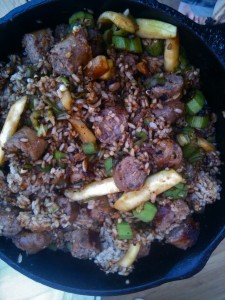
Steps:
- Begin preparing your quinoa or other base grain/pasta/bean
- Heat a heavy skillet (I use an extra large cast iron one) over medium heat. Add the oil and brown the sausage. I usually cook a whole package and set at least half aside for another meal.
- Once evenly cooked through, remove the meat leaving any sausage grease and oil that may have accumulated in the pan- remember, this is antioxidant-rich healthy fat from happy pastured animals. It will boost the flavor of your whole dish while passing along great omegas and micronutrients. Now add onions and garlic and brown gently. If you are including eggplant, I recommend adding it now since it can take a little longer than other veggies.
- After a couple minutes, add all the other, and toss. Cook for 10-15 mins, stirring occasionally.
- Toss in your cooked sausage and stir.
Add half of your quinoa or lentils or couscous or whatever it is you have been preparing, reserving the rest for another time. I like to add it directly to the mix in the skillet and toss together, but you may prefer to serve your stir-fry over the top of your grains. Salt to taste and serve.

Katie grew up in Berkeley, CA where she always dreamed of farming. In 2004 she made her way to Arkansas and started Farm Girl Natural Foods with a small flock of sheep. In 2007 she married her very own Ohio farm boy and together they started a family. Today, she and Travis work together with their two lovely young daughters to raise woodland hogs, grassfed cows, and pasture-raised chickens on their homestead and leased lands in Perry County.

